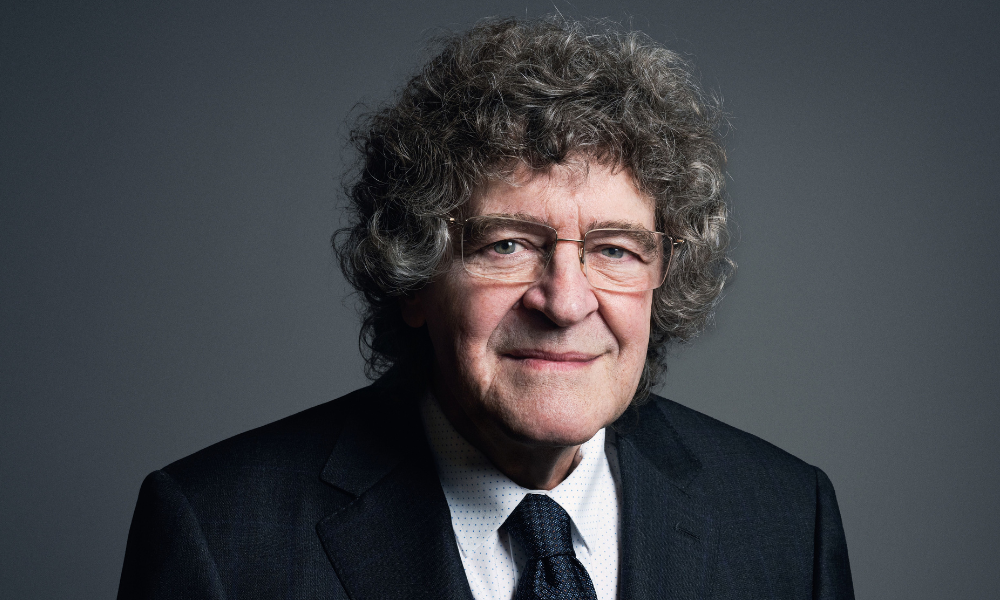
New trial ordered in criminal case

The Ontario Court of Appeal has ordered a new trial for a man convicted of murder because the trial judge failed to comply with the necessary legal safeguards meant to accompany evidence of an accused’s “bad acts other than the crime charged.”
After an undercover police sting, known as a “Mr. Big” operation, produced evidence against him, a jury found Najib Amin guilty of murdering Sylvia Consuelo. The Court of Appeal allowed Amin’s appeal from the bench, quashing the conviction and ordering a new trial. The court released its reasons on April 3.
The appeal Court found that the trial judge had erred in admitting evidence that Amin had instructed an undercover officer on how to murder someone without being caught. The murder he described closely resembled Consuelo’s.
A Mr. Big operation involves undercover officers recruiting an accused into a fictitious criminal organization to elicit a confession to a crime they are investigating. Mr. Bigs involve a significant false-confession risk, says James Lockyer, Amin’s counsel and a partner at Lockyer Zaduk Zeeh in Toronto. He says this risk is partly attributable to the inducements offered to the accused and the violence typically involved in the operations.
“This decision goes a long way to addressing the dangers inherent in that kind of operation,” says Lockyer.
Mr. Bigs pose three dangers, said Chief Justice Michael Tulloch, who wrote the reasons for the court in R. v. Amin, 2024 ONCA 237. One, they risk producing unreliable confessions. Two, they may prejudice the accused by showing their willingness to join a criminal organization and engage in criminality. And three, the operations may become “abusive and unduly coercive.”
“Like bad act evidence, the admission of confessions deriving from these types of operations can create a risk of wrongful convictions,” said Tulloch.
The Court of Appeal found that the trial judge erred in law by failing to apply R. v. Handy, 2002 SCC 56. The case deals with the admissibility of evidence of the accused’s actions, other than the charged crime, which are either criminal or of which an ordinary person would disapprove. Handy sets out a test under which “bad act” evidence is presumptively inadmissible unless the Crown demonstrates on a balance of probabilities that it is relevant to an issue aside from the accused’s “general propensity” to commit bad acts. The probative value also must outweigh the risk of “moral and reasoning prejudice.”
The Handy test also includes what Tulloch called the “identity rule.” Evidence of an accused’s criminal or immoral propensity is only admissible to prove the accused is the perpetrator if the accused’s actions have a “high degree of similarity to the charged crime that negates the possibility of coincidence.” To pass the test, the Crown must show on a balance of probabilities that a “unique trademark or signature” or “a number of significant similarities that cumulatively preclude coincidence” indicate that the same person must be responsible for the crime being tried and the accused’s other actions.
Police identified Amin as a suspect because he was spotted by an apartment building’s security camera wearing similar clothing to a masked man seen on security footage entering Consuelo’s building the night she was murdered. Police launched an undercover operation, befriended Amin with the promise of lucrative business opportunities, and tried to get him to incriminate himself.
In one conversation, Amin told the undercover officer how to kill his girlfriend and get away with it, describing a smothering murder identical to Consuelo’s. This was the “bad act” evidence on which the case turned.
The Court of Appeal found that the Crown failed to show how this murder advice “revealed a unique trademark or signature” that matched Consuelo’s murder, as required by Handy. The Crown also failed to demonstrate sufficient similarity between the murder advice and Consuelo’s killing to “cumulatively preclude coincidence.” The murder advice was, therefore, inadmissible and should have been excluded, said the Court.
The court also assessed the evidence according to the guidelines set out in R. v. Hart, 2014 SCC 52, which covers the admissibility of statements made in a Mr. Big operation. Under both Handy and Hart, “trial judges must rigorously assess the prejudicial effect of bad act evidence, especially where such evidence is obtained in undercover police investigations that implicate the accused in criminality,” said Tulloch. In Amin’s case, the required rigorous assessment did not occur, he said.